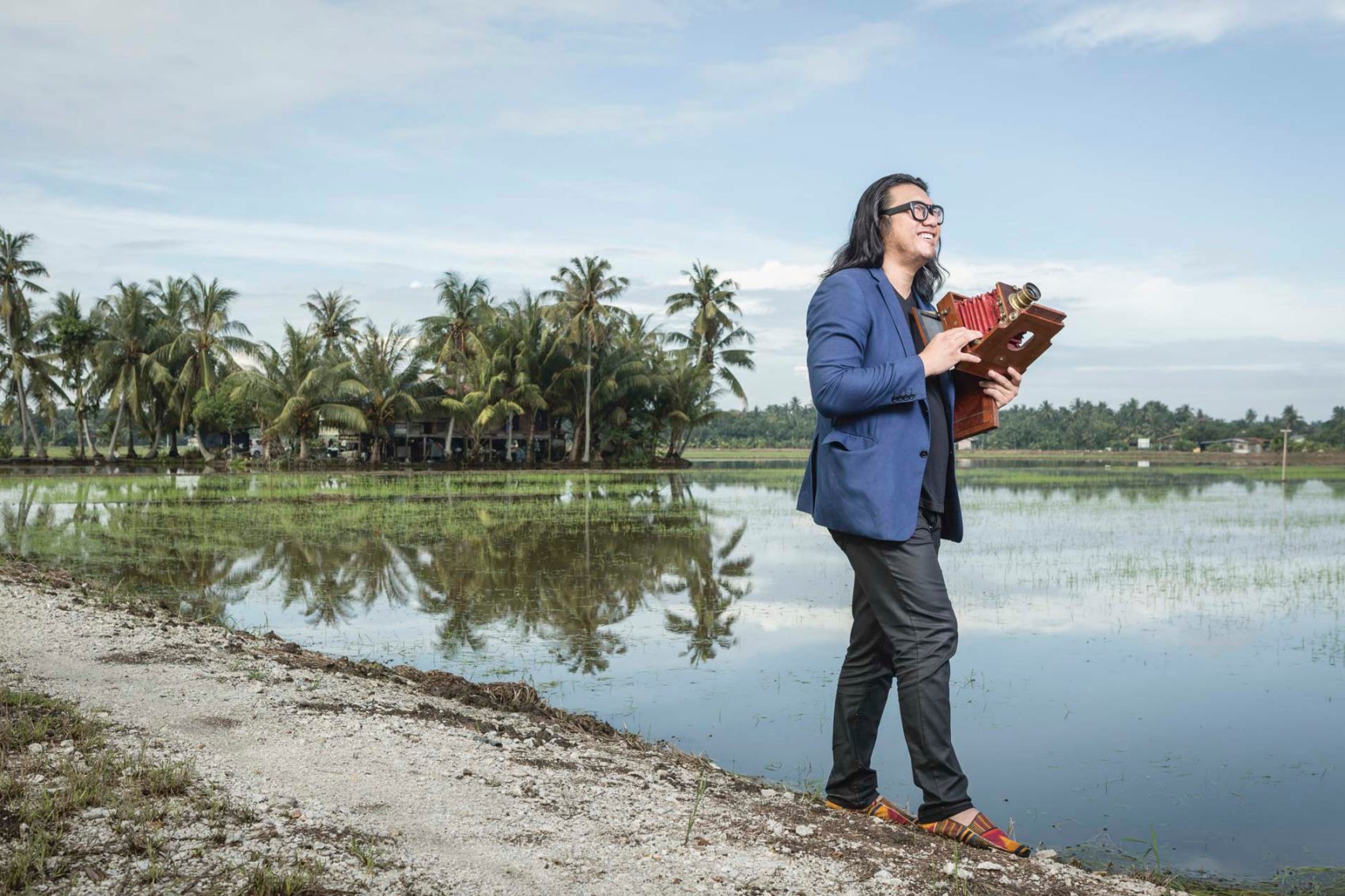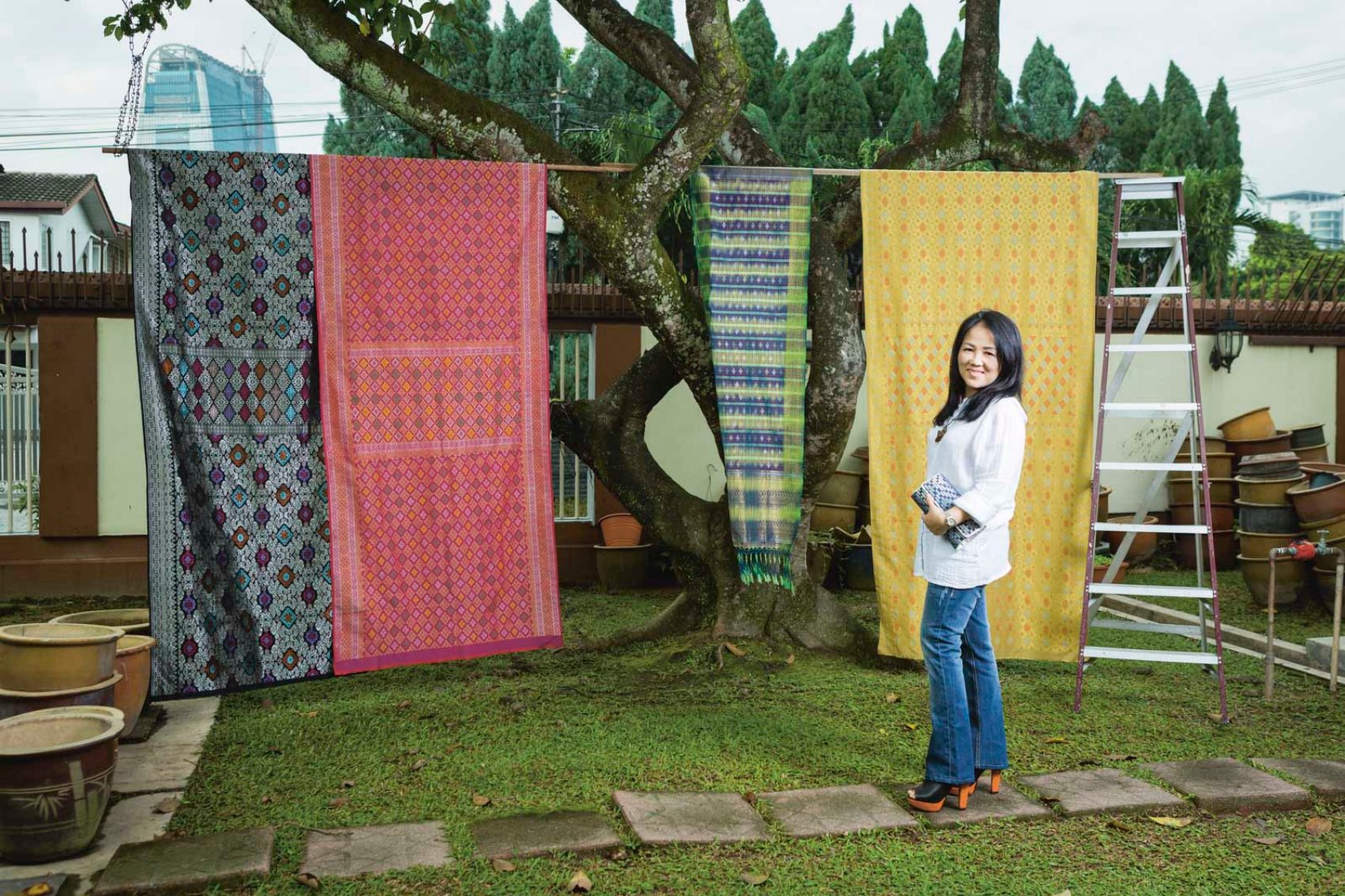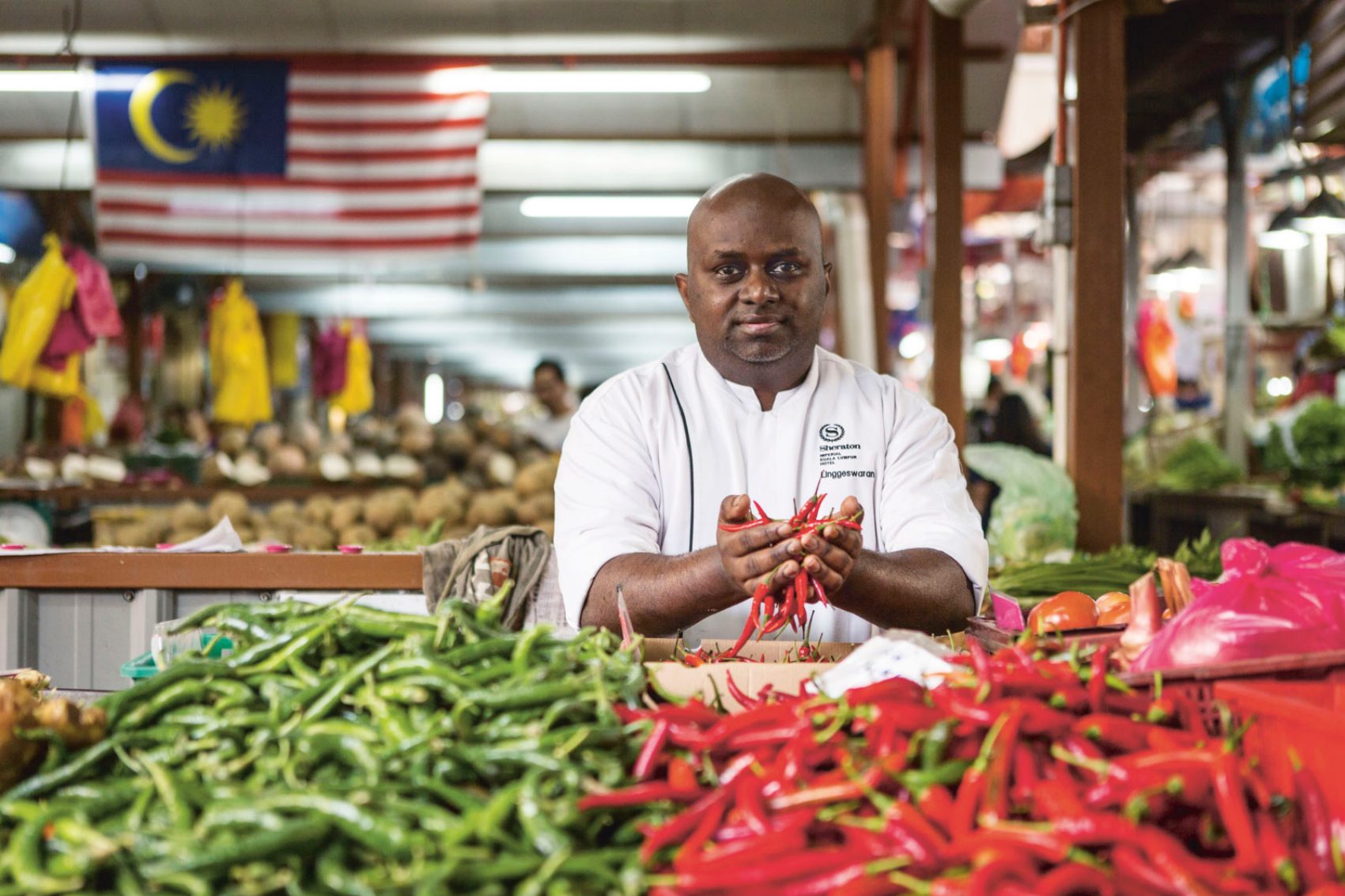Kuala Lumpur: How diversity shaped a city

Kuala Lumpur is perhaps best known for its twin Petronas Towers. But cast your eyes to the ground level and you’ll encounter that other well-known trait: its multicultural populace. The city has long stood out as a shining example of a diverse place that works – and is in fact strengthened by its diversity. Malays, Chinese and Indians are the major ethnic groups, with Islam, Buddhism and Hinduism as the dominant religions. Four Malaysians in creative fields tell us how multiculturalism has influenced their careers and how it’s bringing Kuala Lumpur to the international stage.

Credit: Charles Pertwee
A shape-shifting city
Zung, photographer
If you follow Zung on social media, you will find him all over the place – Inner Mongolia one moment, Hawaii the next. He jetsets around the world for his work as a photographer, building a portfolio that includes portraits of (pre-presidential) Donald Trump, the Dalai Lama and Italian tenor Andrea Bocelli.
Zung was born in Sekinchan, an idyllic fishing village of paddy fields, and he says this natural environment became his earliest photographic subject. "I thought, how can I remember this place even if its beauty vanishes one day?" he says. His answer was through his camera lens. It was a pastime that turned into a career.
And now, living in Kuala Lumpur, it’s the city’s changing environment he observes – and he likes what he sees. "Kuala Lumpur is getting more and more glitzy, with shiny new skyscrapers. There are young restaurateurs who really know how to revitalise old buildings and combine innovation and tradition with a modern twist. The upscale Mont Kiara region has come of age in the past decade. It is now home to many interesting eateries and stores, heralding the new age of the city."
Travelling all over the world has brought his country’s strengths into focus for Zung. "People with different ethnic and cultural backgrounds think differently – that’s why I communicate closely with my clients and adjust how I work to the individual," he says. "As a melting pot of cultures, Malaysia offers a unique environment for tolerance, open-mindedness and adaptivity."

Credit: Charles Pertwee
Putting an old craft in its place
Fion Poon, fashion designer
A Malay art form, batik is cloth dyed using a wax-relief technique, resulting in colourful patterns with an unmistakable Southeast Asian vibe. But perhaps because of the strong folksy feel and bright colours, batik has barely been used to make anything apart from traditional Malay costumes. The younger generation in particular have tended to reject it as old-fashioned and unsophisticated. But it is in this fabric that Fion Poon saw an opportunity.
Five years ago she founded her eponymous brand, which specialises in handcrafted bags and shoes using batik and songket, a traditional brocade fabric. With a vision of unleashing the creative potential of these two types of textile, she studied the qualities of the various fabrics and motifs, visiting textile masters in Kuantan, Kelantan and Terengganu to immerse herself in their trade. She sourced fabrics that were suitable for making handbags and shoes and, applying her own designs, aimed to bring the most out of the patterns.
Her brand is a hit. Poon’s customer base stretches around the world, with recognition coming from fellow Malaysian designers – not least Jimmy Choo, the globally worshiped shoe designer and Poon’s mentor.
"It is Kuala Lumpur’s multiculturalism and fast pace that spur my creativity and keep me motivated," says Poon. "The fashion industry in Kuala Lumpur has thrived in the past few years, thanks to government support. Aspiring designers enjoy plentiful opportunities, and many promising young designers are invigorating the fashion world here. Being in a Muslim country poses no particular difficulties to fashion designers. But of course Kuala Lumpur still has room to grow in bringing its brands to the global markets."

Credit: Charles Pertwee
A bridge to China and beyond
Shila Amzah, singer
Shila Amzah became a sensation after taking the stage in her hijab on the popular Chinese TV singing competition I Am a Singer in 2014. She brought something new to audiences: her identity as a Malaysian Muslim with a Mandarin repertoire – and a powerhouse voice.
Born to a showbiz family in Malaysia, she began performing at the age of four, and her calling was without question. But her ability to adapt to the Chinese market has been a boon to her career. With many Chinese childhood friends, Shila always felt at home in a Chinese-speaking environment, but at the beginning of the competition she relied on memorising pinyin (Romanised) lyrics. Today she interacts with fans on Weibo in Chinese. "The cultural diversity in Malaysia enhanced my adaptability to a new environment," she says.
Now that she has established herself on the Chinese mainland, overseas fans have in turn started to learn more about Malaysia. Amzah says people were surprised by a Malaysian singing Chinese pop songs at the beginning but have now come to realise the diversity of Malaysia. On his official social media platform, Malaysian Prime Minister Najib Razak commended Amzah as a positive force representing the country’s next generation of multiculturalism. Says Amzah: "I think our generation will thrive on the international stage, offering a new perspective for foreigners to see us as a Muslim country with personality."

Credit: Charles Pertwee
Food for a melting pot
Linggeswaran Sathasivam, chef
Linggeswaran Sathasivam got his passion for the culinary arts from his mother and grandmother, who were both great cooks. But it was his time spent at the renowned Indian restaurant Rich Maha in Melbourne that helped to form his cooking style of combining Western ingredients with Indian spices – a fusion welcomed by the Malaysian palate, thanks to the country’s ethnic diversity. "This kind of fusion is common in Kuala Lumpur," he says. "The Chinese also use Indian spices in their dishes. We combine different tastes and cooking methods to create a uniquely Malaysian flavour. After all, we’ve been living together all these years."
Kuala Lumpur’s diversity means Sathasivam, now head banquet chef at Sheraton Imperial Kuala Lumpur Hotel, must juggle the varying preferences of customers every day. He sees the city’s multiculturalism impacting not just his work but also the local culinary offerings. "Famous Chinese street food char kuey teow is now on the menu of many Malay and Indian restaurants, but they’re different interpretations," he says.
Kuala Lumpur’s food scene benefits, according to Sathasivam, from a diverse population and a growing internationalism, a transformation that led to his decision to return from abroad. "The hardware of Kuala Lumpur has greatly improved and the whole city is getting more creative and international," he says. "When it comes to gastronomy, street food was the major draw in the past. But now celebrity chefs have opened branches of their restaurants here: Nobu came two years ago, and Sushi Saito, the Tokyo-based three-Michelin-starred restaurant, is in the new five-star St. Regis Kuala Lumpur. This was once unimaginable. The entire city is undergoing a complete facelift; there are opportunities everywhere."
More inspiration
Kuala Lumpur travel information
- China – the Chinese Mainland, Hong Kong SAR, Macao SAR and Taiwan Region
- Hong Kong SAR - English
- Chinese Mainland (China) - English
- Taiwan China - English
- 香港特別行政區 - 繁體中文
- 中国內地 - 简体中文
- 中國台灣 - 繁體中文
- Africa
- South Africa - English
- Asia
- Bangladesh - English
- Korea - English
- Singapore - English
- Cambodia - English
- 한국 - 한국어
- Sri Lanka - English
- India - English
- Malaysia - English
- Thailand - English
- Indonesia - English
- Maldives - English
- ประเทศไทย - ภาษาไทย
- Indonesia - Bahasa Indonesia
- Myanmar - English
- Vietnam - English
- Japan - English
- Nepal - English
- Việt Nam - tiếng Việt
- 日本 - 日本語
- Philippines - English
- Australasia
- Australia - English
- New Zealand - English




.renditionimage.450.450.jpg)

